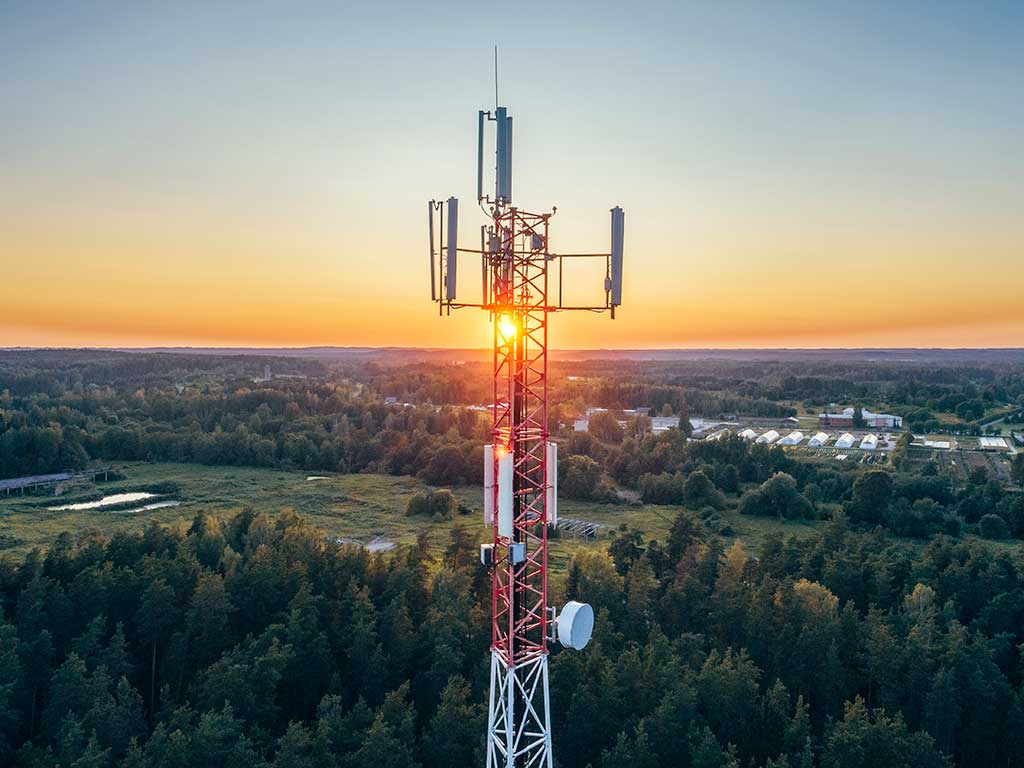If you've ever wandered through a city you might have noticed tiny mini 5G cell towers placed on poles for street lighting. They look like small boxes however they're actually sending wireless signals from mobile providers to your mobile.
The smaller ones are being replaced by larger specially-designed cell towers. While they're less noticeable however, they could create problems for those who live nearby.
The Federal Communications Commission's Radiation Exposure Thresholds
The FCC's Radiation Exposure Thresholds define the safe limit at which an individual can be exposed to electromagnetic energy from wireless devices. The limits of exposure are based upon scientific research which prove that electromagnetic energy can cause harm to health.
The specific absorption rate (SAR) is an indication of the radiofrequency energy that is absorption by tissues. It is typically 1.6 watts per kilogram, calculated over one Gram of tissue.
However, because 5g transmits at higher frequencies, it has the potential to increase the intensity of energy on the skin as well as other body areas. what is a safe distance from a 5g cell tower can lead to various potential harms, including exacerbated the development of skin conditions like dermatitis, skin cancer and cataracts.
Due to the potential for negative effects of 5G radiation, PSU has chosen to create a general maximum power density of four MW/cm2 averaged over 1 cm2, but not to exceed 30 minutes, for all 5G services running at 3000 GHz. This localized limit is consistent with the maximum SAR that is spatially averaged at 1.6 W/kg averaged over 1 5 grams of body tissue, at 6 GHz.
what is a safe distance from a 5g cell tower for Maximum Exposure
Have you ever used a cell phone, then you've probably realized that a safe distance from the tower is at least 400 meters. safe distance to live from cell phone tower is because the power of the transmission of cell towers increases drastically the further your location from the tower.
Although this may sound like an ideal idea however, those living close to towers could be more susceptible to health problems. For example, a study from 2014 in India found that those who lived within 50m from cell towers suffered significantly more health complaints than those living further far from antennas.
But, the study found that people who moved into areas farther away from cell towers noticed their symptoms return to normal within a couple of days. Another study has shown that exposure to high amounts of electromagnetic field radiofrequency (EMFs) can cause brain tumors, cancers and other health issues.
This is because the RF radiation used in wireless communication can be absorbed by the body's outer layer, the skin. This is vital to be aware of because the skin serves as a barrier to protect against mechanical injury, infection from pathogenic microorganisms, as well as the entry of harmful substances. Additionally, it is the largest organ of the human body and is responsible for maintaining the integrity of other organs.

The FCC's Minimum Exposure Thresholds for the Minimum Exposure
The FCC's Minimum Exposure Thresholds rely on many assumptions that aren't supported by evidence from science. They include the incorrect belief that exposures to RF radiations are not harmful due to minimal penetration into the body (i.e., tissue heating).
This assumption does not take into account the more extensive penetration of ELF elements of modulated radio signals, as well as the effects of short bursts of heat generated by RF waves that are pulsed. These assumptions are not in line with current understanding of the biological consequences of RF radiation. Therefore, they should not be relied upon for health-protection exposure guidelines.
Additionally, the ICNIRP and FCC are limiting the maximum limits of exposure to peak local SARs that are based on the peak speed of spatial absorption (psSAR) which is not a reliable dosimetric instrument to assess the amount of exposure to RF radiation. In particular it is inconclusive for frequencies that exceed 6 GHz. Furthermore, psSAR has not been tested for RF radiation exposed to other environmental agents , such as sunlight. The interactions of RF radiations with different agents in the environment could cause synergistic or antagonistic impacts. This could result in an increased risk of negative health consequences. For example, co-exposure to RF radiation along with exposure to sunlight can raise the chance of developing skin cancer, as well as aggravate other skin disorders, such as acne.
